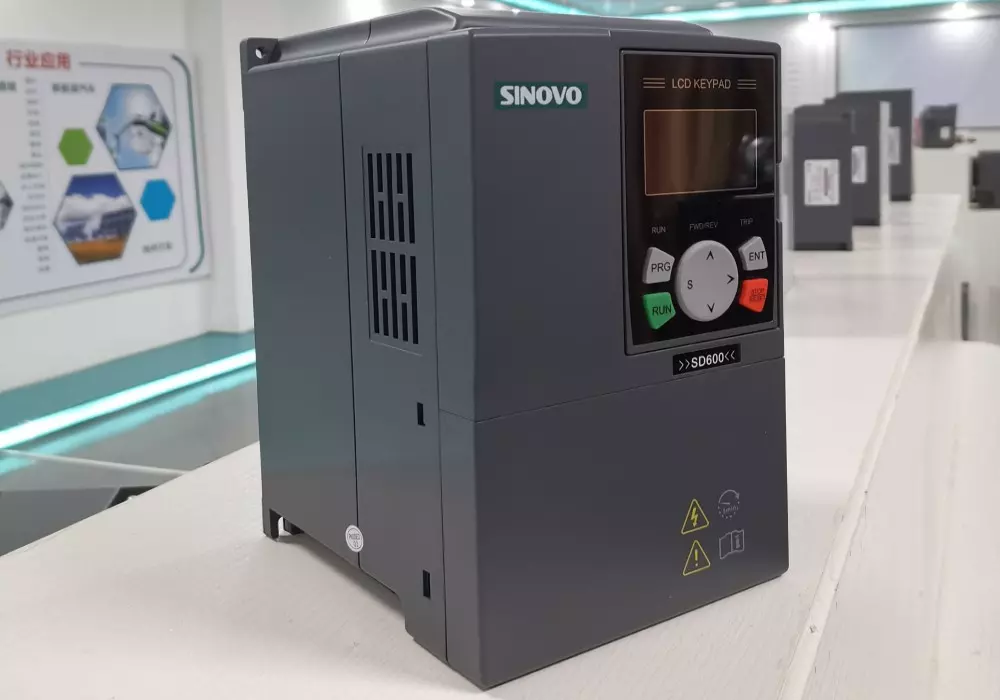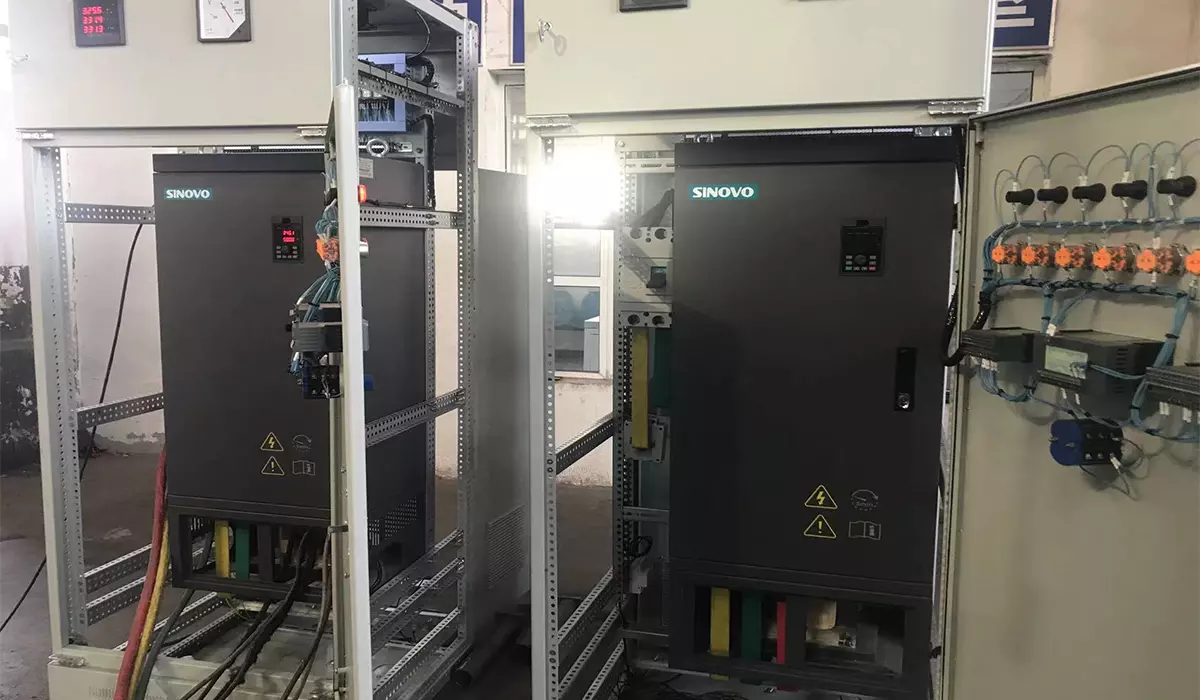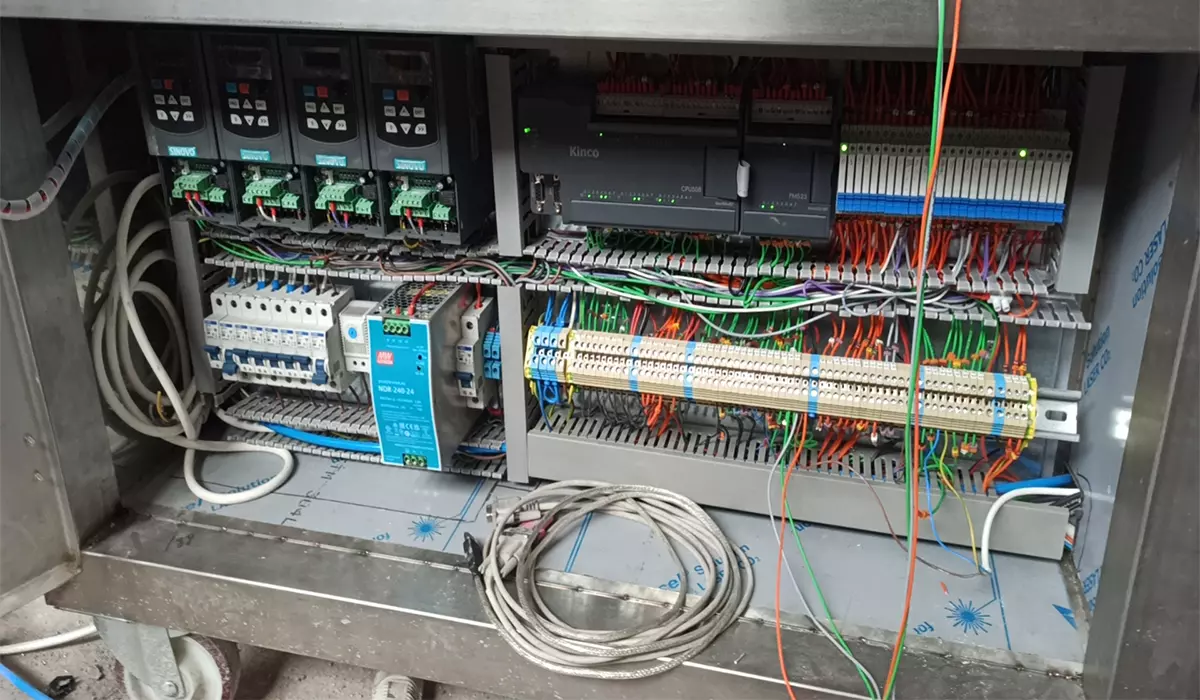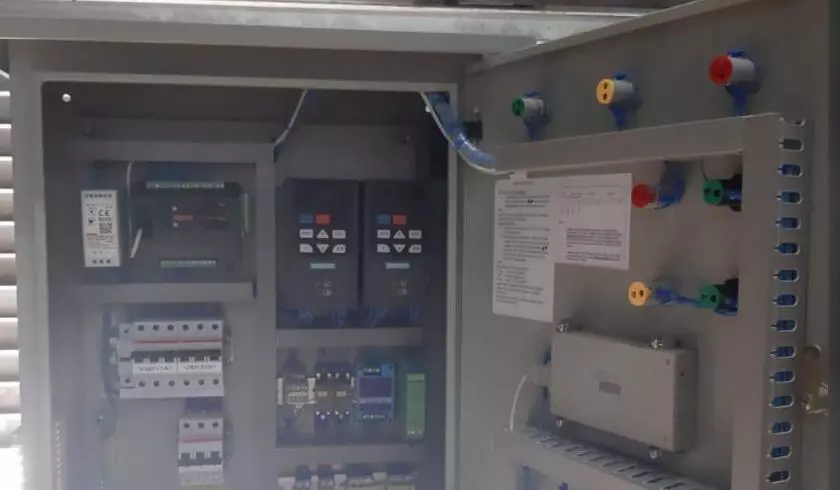Variable frequency drives (VFDs) are an essential tool for improving the efficiency and performance of pump systems. By providing precise control over the speed of the pump motor, VFDs allow pumps to operate at the optimal speed for a given application, resulting in energy savings and improved performance. In this article, we’ll cover the basics of VFDs in pump applications, including how they work, what types of pumps are suitable for VFD control, and what benefits VFDs offer in pump applications.

How do VFDs work in pump applications?
A VFD works by adjusting the frequency of the electrical power supplied to a motor, which in turn changes the motor’s speed. In pump applications, VFDs are typically used to vary the speed of the pump’s electric motor, allowing the pump to adjust its flow rate to meet the demands of the system. By reducing the speed of the motor, the pump is able to deliver the required flow with less energy, resulting in energy savings.
What types of pumps are suitable for VFD control?
Not all types of pumps are suitable for VFD control. Centrifugal pumps, which are commonly used in HVAC systems, water treatment plants, and industrial processes, are the most common type of pump used with VFDs. Positive displacement pumps, such as reciprocating and screw pumps, are not typically used with VFDs due to their design characteristics, which can result in mechanical issues when operated at variable speeds.
What benefits do VFDs offer in pump applications?
VFDs offer several benefits in pump applications. One of the primary benefits is energy savings. By reducing the speed of the pump’s electric motor, VFDs allow pumps to operate at a more efficient point on their performance curve, resulting in reduced energy consumption. In addition to energy savings, VFDs also offer improved process control, reduced maintenance costs, and increased equipment life. By providing precise control over the speed of the pump, VFDs help to reduce wear and tear on the pump and its components, resulting in longer equipment life and reduced maintenance costs.
How can I calculate the energy savings of VFDs in pump applications?
The energy savings of VFDs in pump applications can be calculated using a simple equation that takes into account the flow rate, head, and efficiency of the pump at different speeds. The equation is as follows:
Energy savings = [(HP1 – HP2) / HP1] x 100%
Where HP1 is the horsepower required to run the pump at full speed, and HP2 is the horsepower required to run the pump at reduced speed. The energy savings are expressed as a percentage of the total energy consumed by the pump at full speed.
In conclusion, VFDs are a valuable tool for improving the efficiency and performance of pump systems. By providing precise control over the speed of the pump’s electric motor, VFDs allow pumps to operate at a more efficient point on their performance curve, resulting in energy savings, improved process control, and reduced maintenance costs. When selecting a VFD for a pump application, it is important to consider the type of pump being used, the required flow rate, and the system’s operating conditions. With proper installation and commissioning, VFDs can provide many years of reliable service and energy savings for pump applications.
Variable frequency drives (VFDs) are an essential tool for improving the efficiency and performance of pump systems. By providing precise control over the speed of the pump motor, VFDs allow pumps to operate at the optimal speed for a given application, resulting in energy savings and improved performance. In this article, we’ll cover the basics of VFDs in pump applications, including how they work, what types of pumps are suitable for VFD control, and what benefits VFDs offer in pump applications.

How do VFDs work in pump applications?
A VFD works by adjusting the frequency of the electrical power supplied to a motor, which in turn changes the motor’s speed. In pump applications, VFDs are typically used to vary the speed of the pump’s electric motor, allowing the pump to adjust its flow rate to meet the demands of the system. By reducing the speed of the motor, the pump is able to deliver the required flow with less energy, resulting in energy savings.
What types of pumps are suitable for VFD control?
Not all types of pumps are suitable for VFD control. Centrifugal pumps, which are commonly used in HVAC systems, water treatment plants, and industrial processes, are the most common type of pump used with VFDs. Positive displacement pumps, such as reciprocating and screw pumps, are not typically used with VFDs due to their design characteristics, which can result in mechanical issues when operated at variable speeds.
What benefits do VFDs offer in pump applications?
VFDs offer several benefits in pump applications. One of the primary benefits is energy savings. By reducing the speed of the pump’s electric motor, VFDs allow pumps to operate at a more efficient point on their performance curve, resulting in reduced energy consumption. In addition to energy savings, VFDs also offer improved process control, reduced maintenance costs, and increased equipment life. By providing precise control over the speed of the pump, VFDs help to reduce wear and tear on the pump and its components, resulting in longer equipment life and reduced maintenance costs.
How can I calculate the energy savings of VFDs in pump applications?
The energy savings of VFDs in pump applications can be calculated using a simple equation that takes into account the flow rate, head, and efficiency of the pump at different speeds. The equation is as follows:
Energy savings = [(HP1 – HP2) / HP1] x 100%
Where HP1 is the horsepower required to run the pump at full speed, and HP2 is the horsepower required to run the pump at reduced speed. The energy savings are expressed as a percentage of the total energy consumed by the pump at full speed.
In conclusion, VFDs are a valuable tool for improving the efficiency and performance of pump systems. By providing precise control over the speed of the pump’s electric motor, VFDs allow pumps to operate at a more efficient point on their performance curve, resulting in energy savings, improved process control, and reduced maintenance costs. When selecting a VFD for a pump application, it is important to consider the type of pump being used, the required flow rate, and the system’s operating conditions. With proper installation and commissioning, VFDs can provide many years of reliable service and energy savings for pump applications.
continue reading
Related Posts
Variable Frequency Drives (VFDs) play a crucial role in controlling the speed of motors in various industrial applications. However, in […]
Variable Frequency Drives (VFDs) are essential components in motor control systems, providing efficient speed control and energy savings in various […]
When a variable frequency drive (VFD) requires cleaning due to dust accumulation, several important considerations must be taken into account […]



